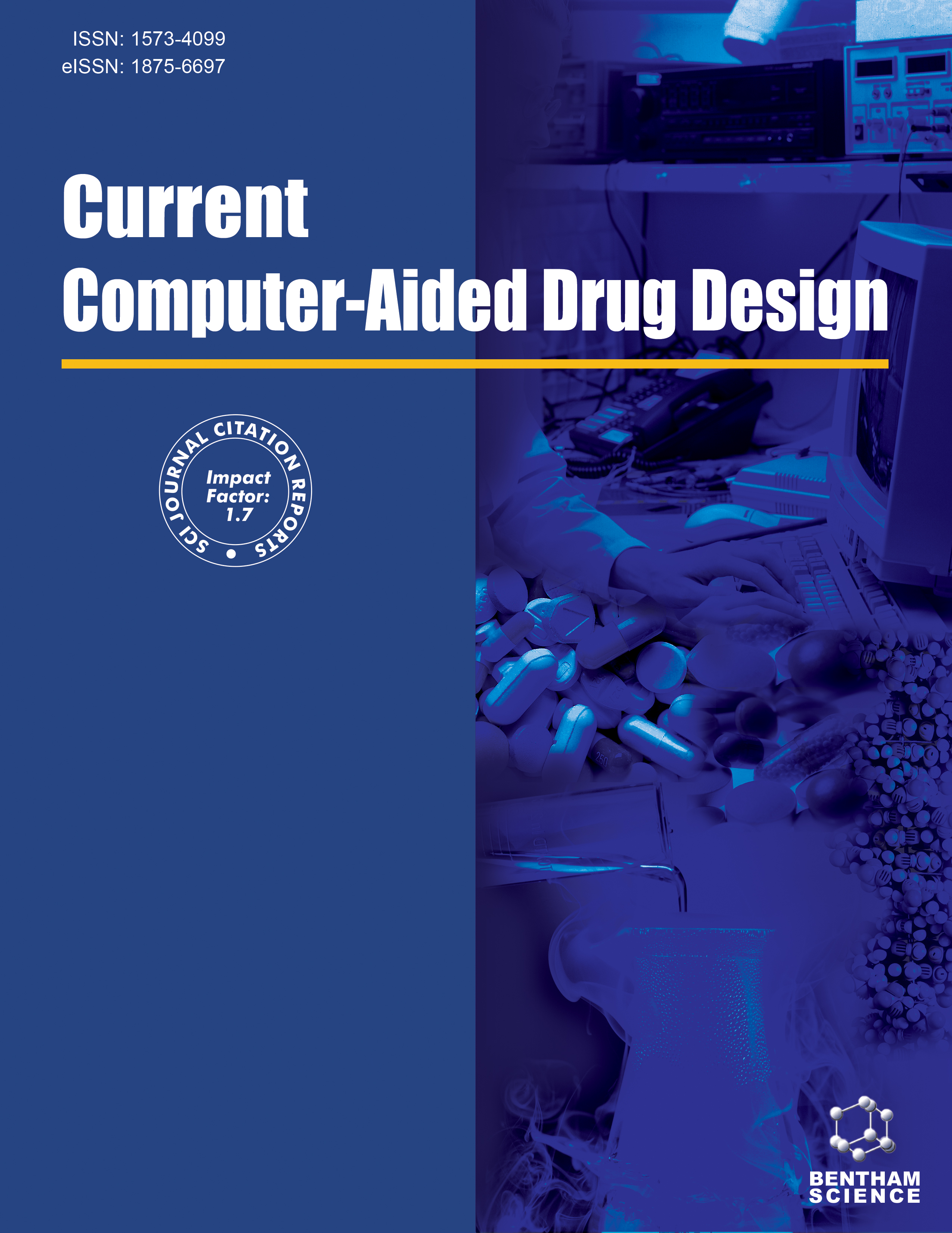-
s Key Targets and Molecular Mechanisms of Active Volatile Components of Rabdosia rubescens in Gastric Cancer Cells
- Source: Current Computer - Aided Drug Design, Volume 18, Issue 7, Dec 2022, p. 493 - 505
-
- 01 Dec 2022
Abstract
Objective: To examine the effect and mechanism of volatile components of Rabdosia rubescens on gastric cancer. Methods: Gas chromatography-mass spectrometry was used to detect and identify the volatile components of R. rubescens. The network pharmacology method was used to analyze the targets of volatile components of R. rubescens in gastric cancer and to reveal their molecular mechanisms. The effects of volatile components of R. rubescens on gastric cancer cells were verified by biological experiments. Results: Thirteen volatile components of R. rubescens were selected as pharmacologically active components. The 13 active components had 83 targets in gastric cancer, and a Traditional Chinese Medicine-component-targets gastric cancer network was successfully constructed. Five core targets were obtained: TNF, IL1B, MMP9, PTGS2 and CECL8. The volatile components inhibited the proliferation of gastric cancer cells in a concentration-dependent manner and promoted the apoptosis of gastric cancer cells. The volatile components reduced the levels of TNF, IL1B, MPP9, and PTGS2 in a concentration-dependent manner. Conclusion: Our study demonstrates the effects of volatile components in R. rubescens on gastric cancer and provides preliminary findings on their mechanisms of action.


